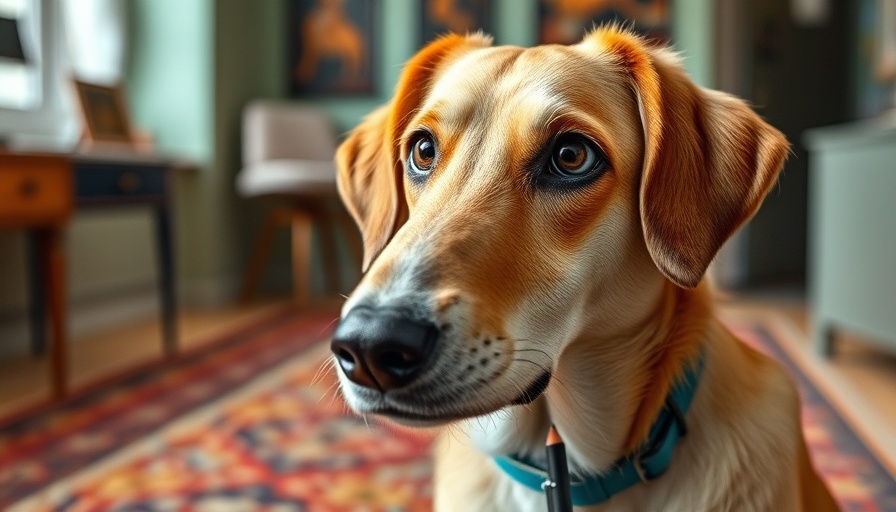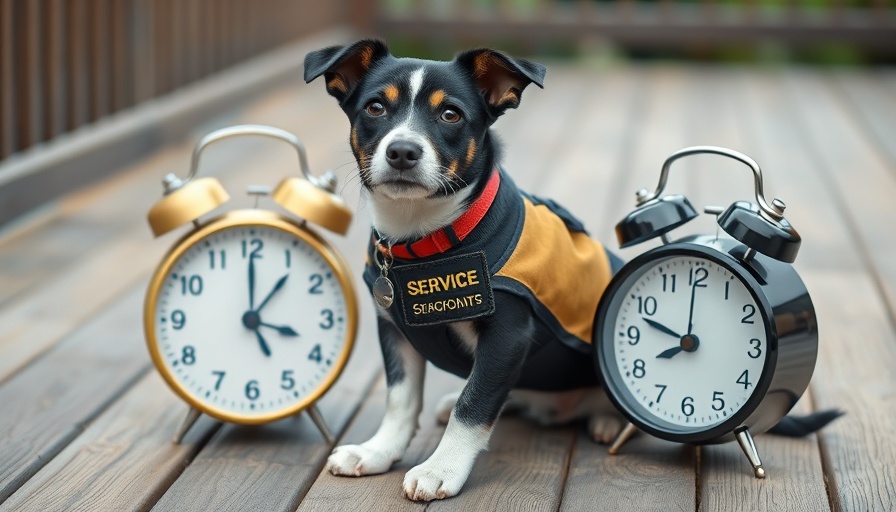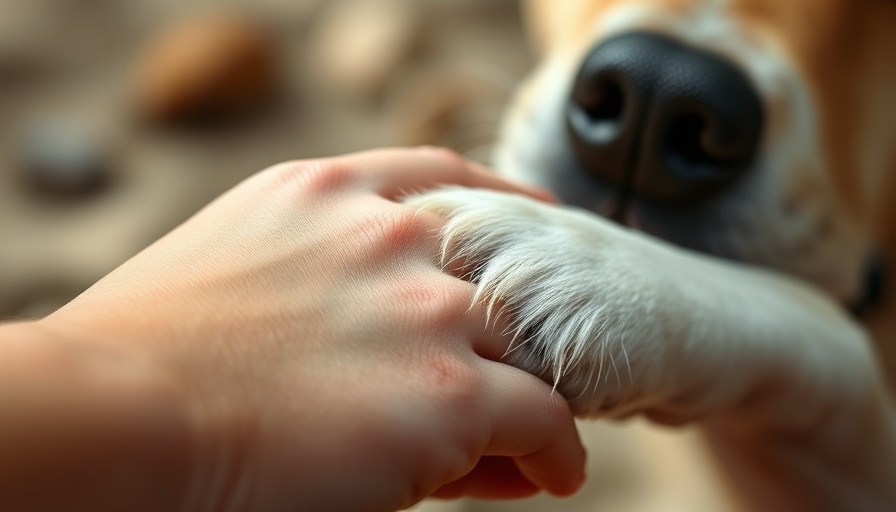
Understanding Neurodiversity and Service Dogs
Neurodiversity is an essential concept that recognizes the beauty of varied cognitive experiences among individuals. It shifts the perspective from seeing neurological differences as deficits to celebrating them as valid variations in human experience. Although commonly linked to Autism, the neurodivergent community encompasses various conditions, all of which can significantly benefit from the companionship of service dogs. For many neurodivergent individuals, having a service dog can provide substantial emotional support, enhance daily functioning, and increase their overall quality of life.
The Transformational Role of Service Dogs
Service dogs are trained to perform specific tasks that help their handlers navigate challenges related to their neurological differences. For instance, autism service dogs provide vital sensory support, aiding individuals in managing overwhelming situations that may arise due to sensory sensitivities. Tasks such as grounding techniques and accompanying individuals in crowded places promote a sense of safety and reduce anxiety.
Communicating Effectively with Neurodivergent Handlers
One size does not fit all when it comes to communication with neurodivergent individuals. Language preferences are significant in establishing respectful interactions. Many people on the autism spectrum prefer identity-first language, such as “autistic person” rather than “person with autism.” This nuance empowers individuals to express their identity without diminishment.
Moreover, clear and concise communication is vital. Using straightforward language and avoiding jargon ensures that everyone understands the training process and techniques. Visual aids and written instructions can be beneficial as they cater to diverse learning preferences, assisting handlers in understanding the directives given.
Sensory Considerations in Service Dog Training
The sensory needs of neurodivergent individuals may require special attention during training sessions. Environments that are overly stimulating can be counterproductive. For example, excessive noise levels may cause distress. Trainers should seek out venues that offer sensory-friendly experiences, such as stores with designated quiet hours. Incorporating strategies to reduce a service dog’s disruptions, like barking, may also prove helpful in accommodating sensitivity to sound.
Fostering Comfort and Flexibility in Training
Expectations should be clearly set to ease anxieties that may surface when navigating new environments. Providing photos and videos of training spaces can help acclimate clients to new settings. Additionally, offering flexible scheduling options, along with choice between group and private sessions, caters to individual preferences, making the training experience as supportive as possible.
The Importance of Customization in Training
Every neurodivergent individual is unique, highlighting the necessity of customized training responses. Avoiding assumptions and engaging in open dialogues are essential practices for trainers as they work collaboratively with clients to identify optimal solutions. Tailoring approaches to meet individual needs can foster empowerment and success for the handler and their service dog.
Beyond Service Dogs: Comprehensive Support
While service dogs are invaluable companions, they are most effective when complemented by ongoing therapeutic interventions. This holistic approach not only aids in enhancing the capabilities and skills of neurodivergent individuals but also promotes their emotional and social well-being.
Conclusion: Embracing Inclusivity in Service Dog Training
Implementing adaptive strategies for working with neurodivergent service dog handlers facilitates better experiences for both the handlers and their dogs. Understanding and respecting neurodiversity enriches interactions and maximizes the positive impact of service dogs in the lives of those they assist. Through thoughtful practices, dog trainers can create inclusive environments that empower neurodivergent individuals and their remarkable canine companions.
 Add Row
Add Row  Add
Add 




Write A Comment